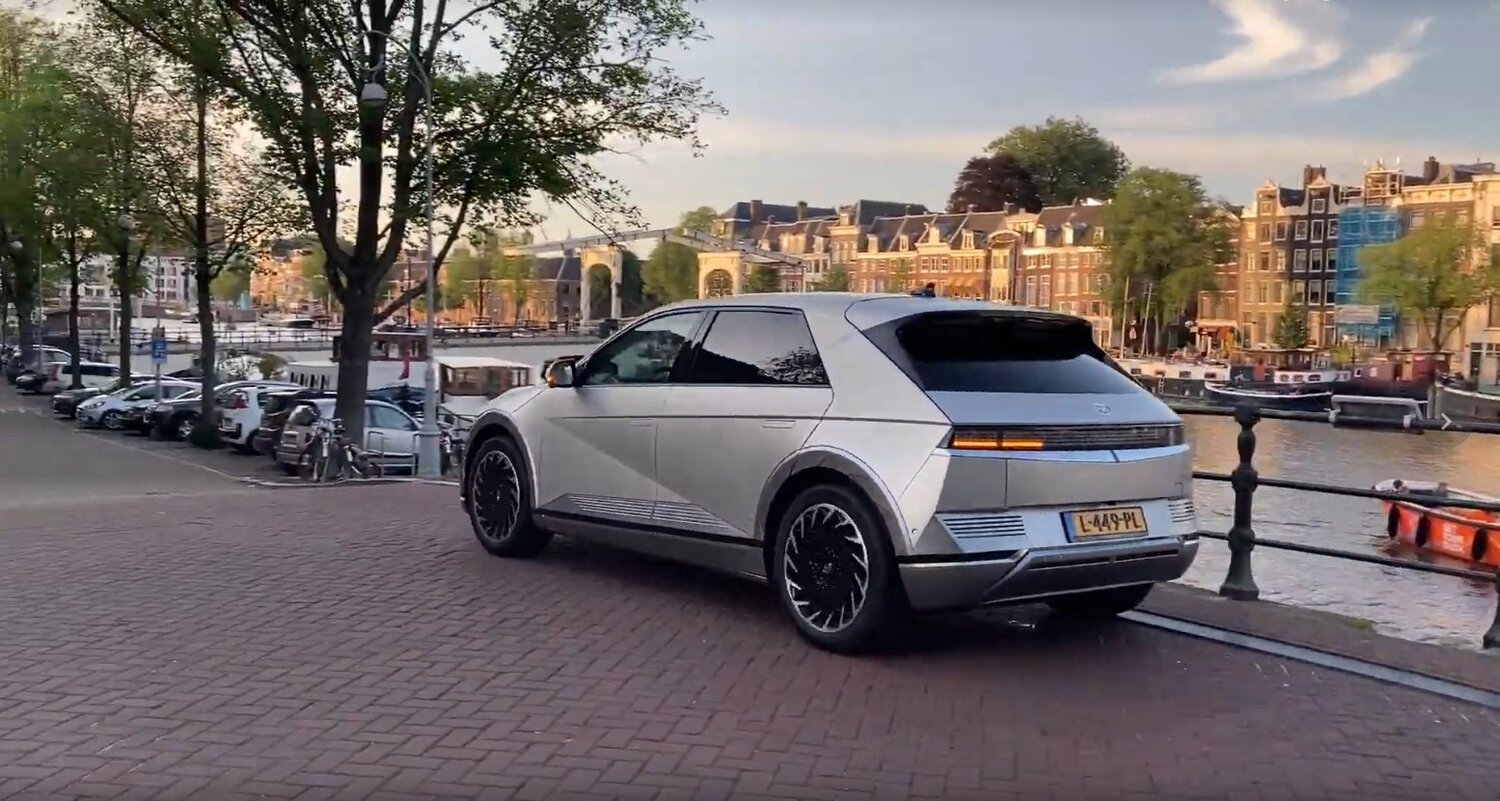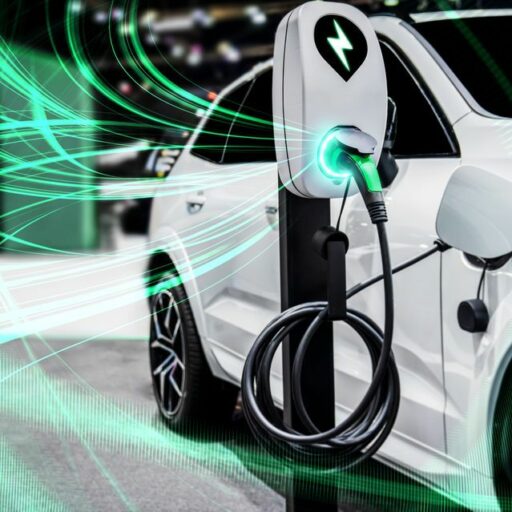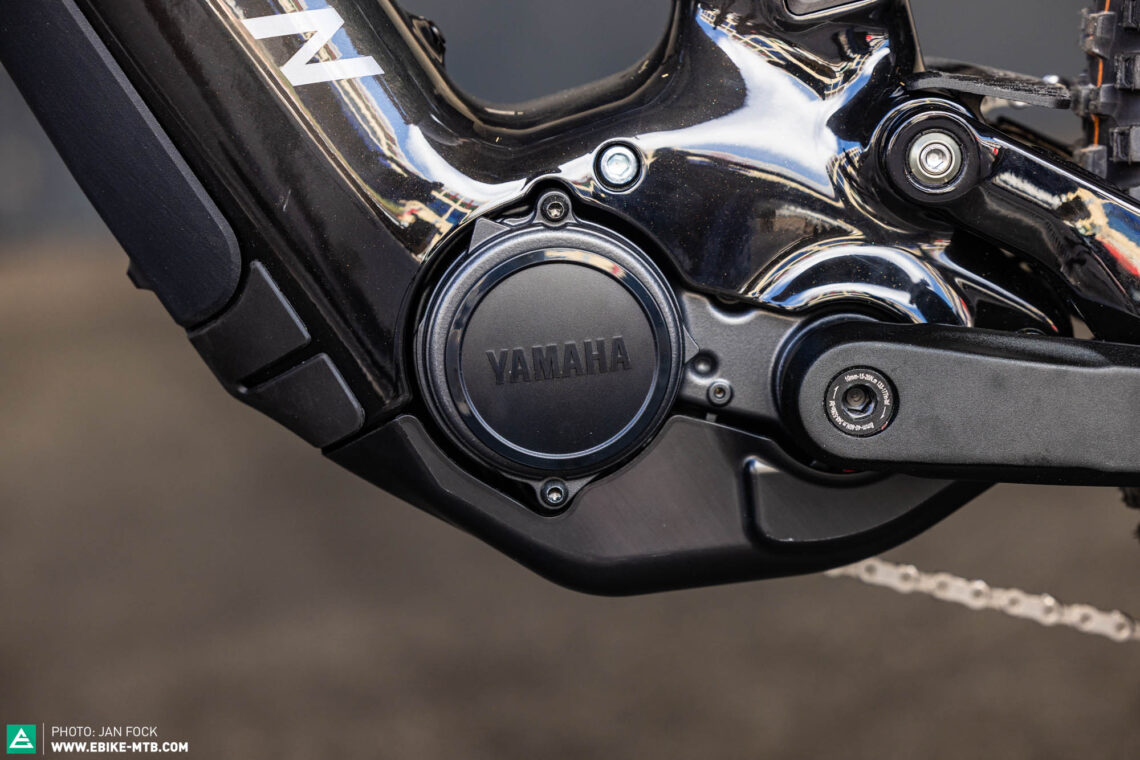
Yamaha is making a fresh start and, as one of the pioneers in the e-bike segment, aims to set new standards with the brand-new PW-LINK motor system. The modular system combines three new motors – all now based on a 48-volt system – with various battery and display options. All new components are compatible with one another and can be customised using the newly developed app. Moreover, the components will remain compatible with third-party products; for example, batteries from other manufacturers can be used. With this approach, Yamaha not only wants to give bike manufacturers greater design freedom but also offer end users a customisable, connected riding experience. However, despite being presented now, the system isn’t expected to hit the market until spring/summer 2026.
The new Yamaha PW-LINK motor system in detail – Motors, batteries, displays and app
According to Yamaha, the three new motors in the PW-LINK system are designed to cover the entire e-bike segment. The new PW-X4 motor, now in its fourth generation, serves as the flagship model for e-MTB use. The smaller and lighter PW-L1 motor is intended as an ideal solution for light e-MTBs and consequently delivers slightly less power than its bigger sibling. Rounding out the range, the PW-S3 motor is aimed at commuters and cargo bikes. All systems now operate on a 48-volt architecture instead of the previous 38 volts, which, according to Yamaha, translates into up to 33% more power. Additionally, the systems are said to be quieter and produce fewer vibrations, while benefiting from an improved zero-cadence technology designed to make starting off easier.
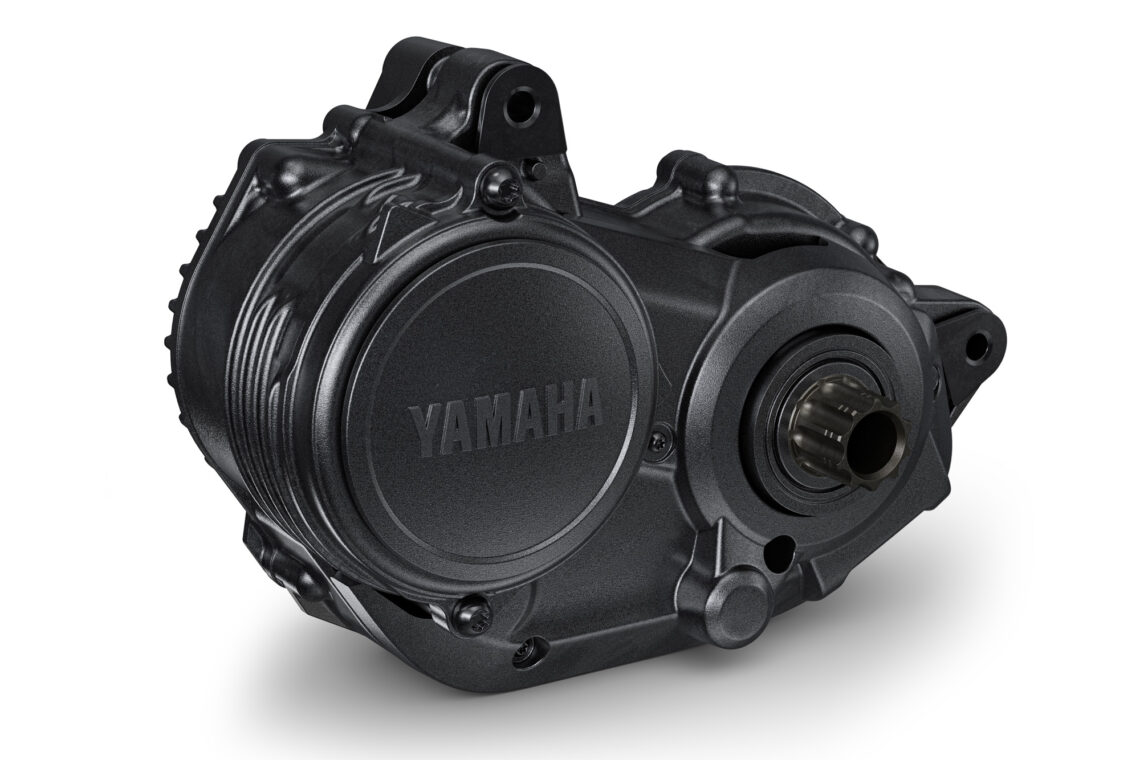
Yamaha PW-X4: Delivering up to 100 Nm of torque and 800 watts of peak power, the new high-end motor is designed to power e-MTBs. The PW-X4 is now housed in a magnesium casing, which is expected to bring the weight down to around 2.6 kg. This would make the PW-X4 – alongside the DJI Avinox motor – one of the lightest in its class and approximately 200 grams lighter than the Bosch Performance Line CX Gen.5 motor, despite offering greater performance on paper.
Yamaha PW-L1: Weighing in at just around 2 kg and delivering up to 60 Nm of torque, the smaller PW-L1 motor is intended for light e-MTBs. It, too, features a lightweight magnesium housing.
Yamaha PW-S3: Rounding out the trio, the PW-S3 is the all-rounder for urban and cargo bikes. It is offered in three versions (Standard, Easy and Cargo), with the only differences lying in the software that adjusts motor output to the specific application. The Easy version offers 60 Nm of torque, while both the Standard and Cargo variants deliver up to 85 Nm. The motor is said to weigh 2.8 kg.
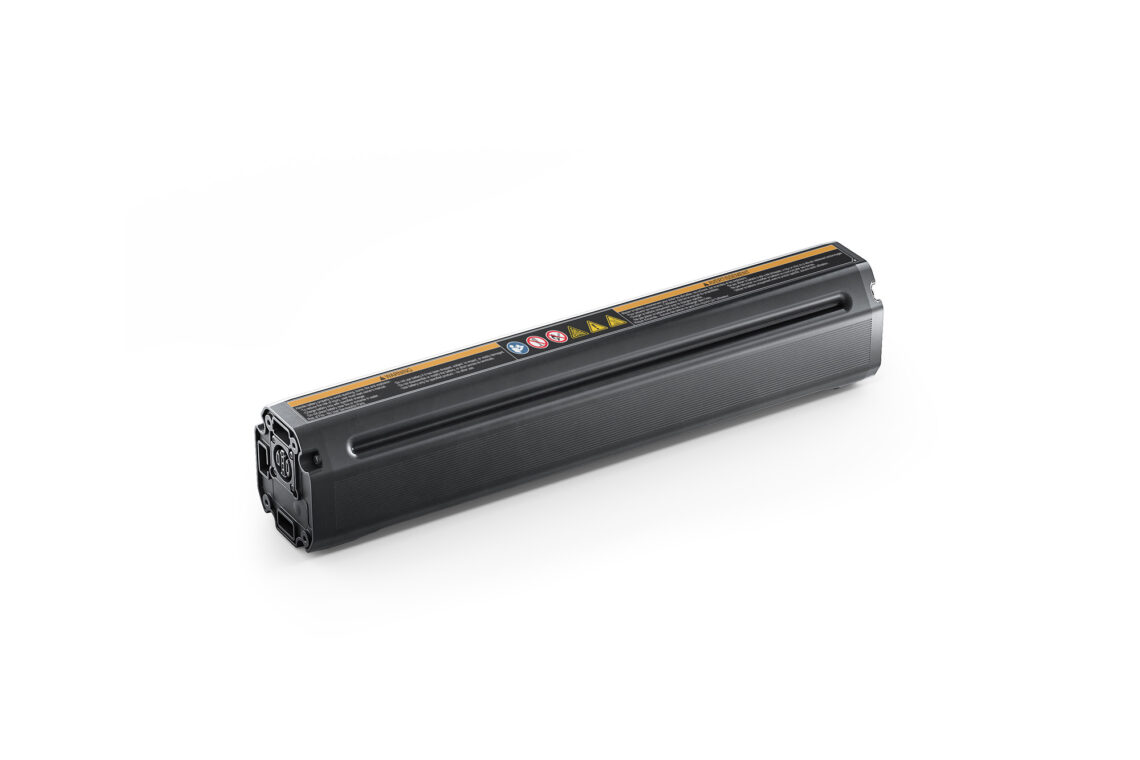
In addition to the three new motors, Yamaha is also introducing two new batteries. The larger 843 Wh battery was long overdue, especially since competitors have been offering such capacities for some time. This high-capacity battery is expected to weigh 4.35 kg and features both an additional theft protection system and an innovative fire protection structure. The same applies to the smaller 560 Wh battery, which is more suited to users of the PW-S3 motor and also supports dual-battery use – particularly beneficial for cargo bikes. It weighs just 3.1 kg.
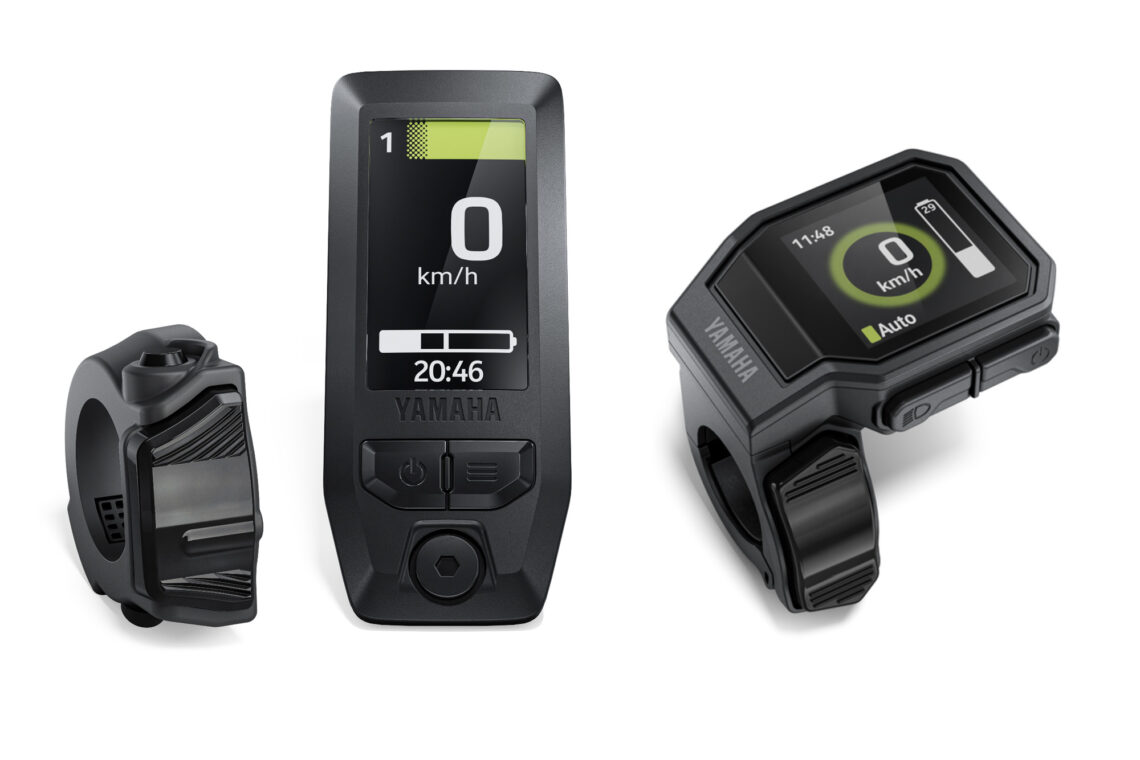
Naturally, you’ll want to keep track of key system data during your ride. For this, Yamaha offers two options: the Side Display or the Integrated Display. The latter is housed in the top tube – now standard for high-end bikes – and features a 1.9-inch colour screen that provides all essential information. Several display layouts are available, though they are fairly minimalistic and focus on showing core data such as speed or support level. While the display does not currently support built-in navigation, it can be paired with bike computers via ANT+ connectivity.
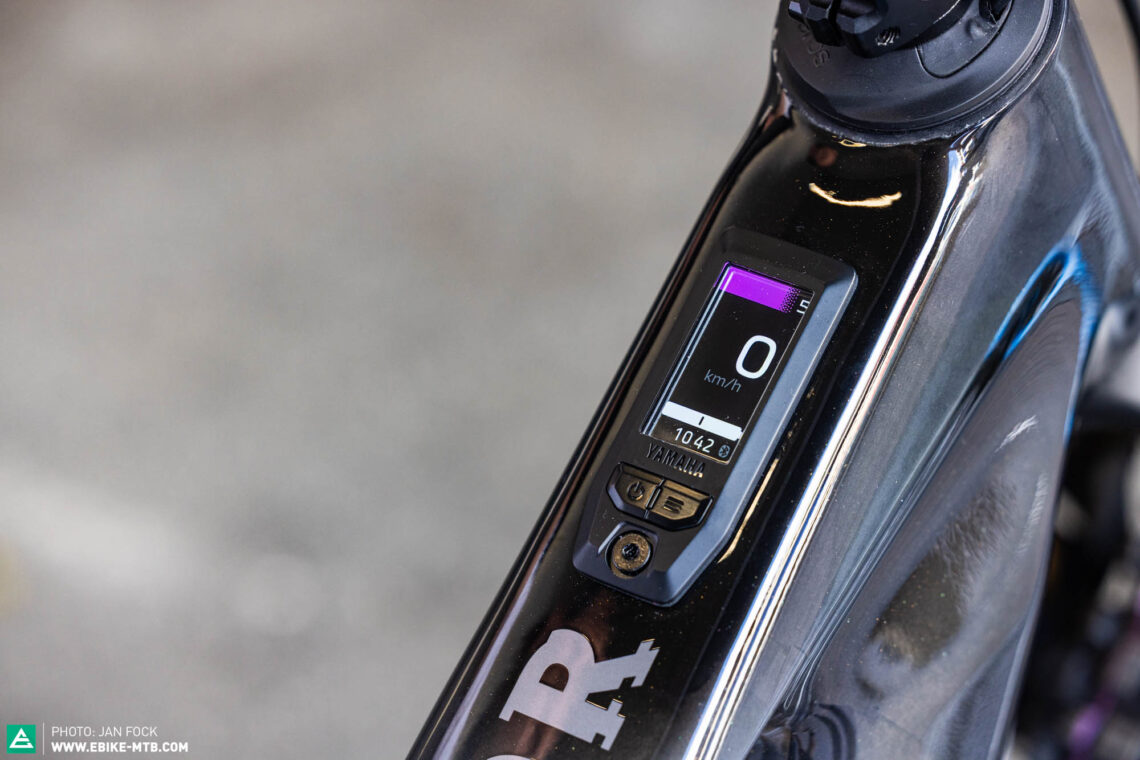
With the new PW-LINK system, Yamaha is also launching its own app. It allows users to customise support levels and provides features such as battery monitoring, anti-theft functions, ride data logging, real-time coaching, and maintenance reminders. Yamaha has also integrated an IoT module from Comodule into the system. In addition, Comodule is offering a white-label companion app, enabling bike manufacturers to provide their own branded app solution for the Yamaha system. This app will include extra security features and an integrated navigation function, among other things.
Conclusion on the new Yamaha PW-LINK motor system
With the PW-LINK motor system, Yamaha is aiming to close the gap to its competitors, introducing competitive battery capacities and, for the first time, its own dedicated app. However, both the display and app software are quite basic, and their features and visualisations have yet to match the scope of the competition. On the other hand, the segmentation of the new motor systems appears well thought-out, and the initial key specs – particularly with regard to weight – are promising. The open interfaces for third-party products are also a positive aspect, adding greater flexibility to the system.
For all further information, visit Yamaha’s official website.
Words: Peter Walker Photos: Yamaha, Jan Fock




